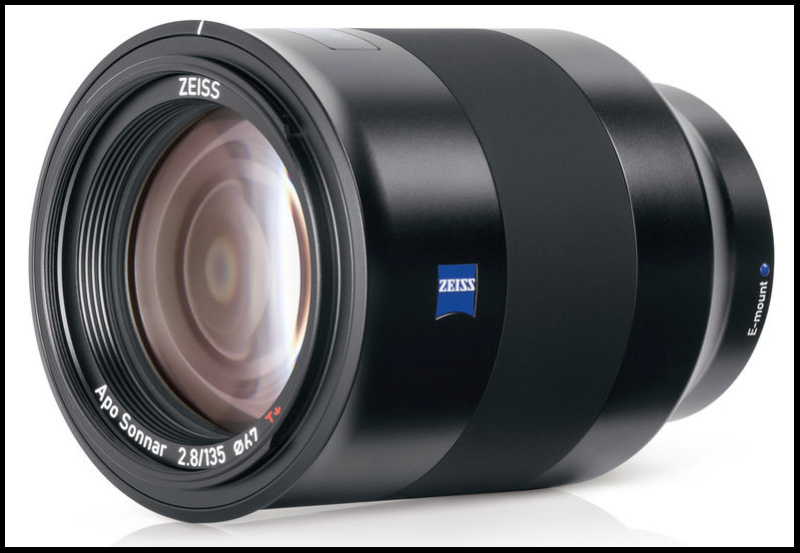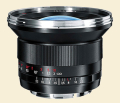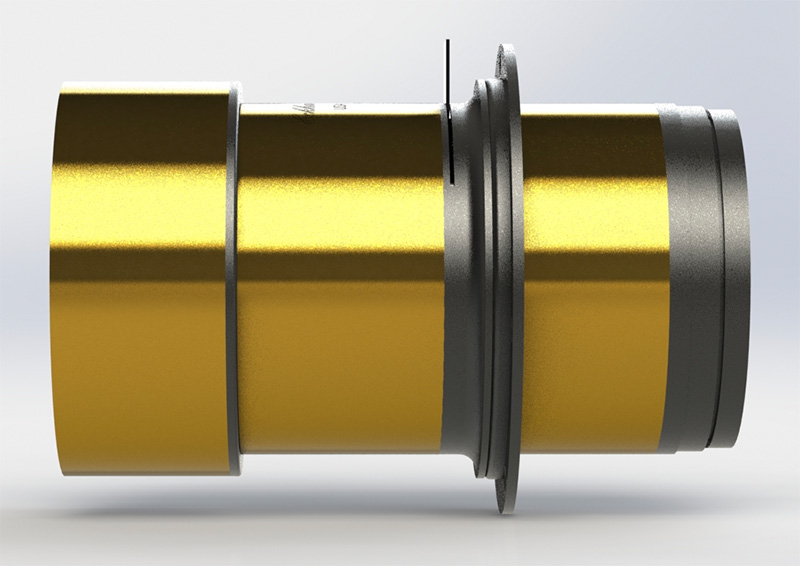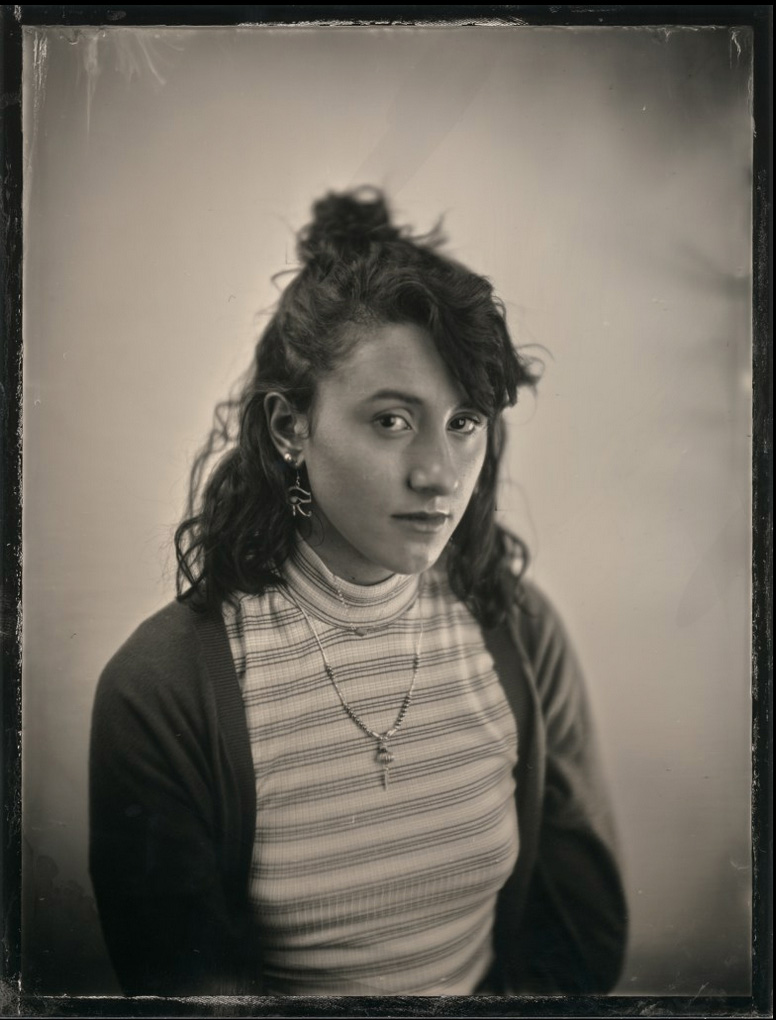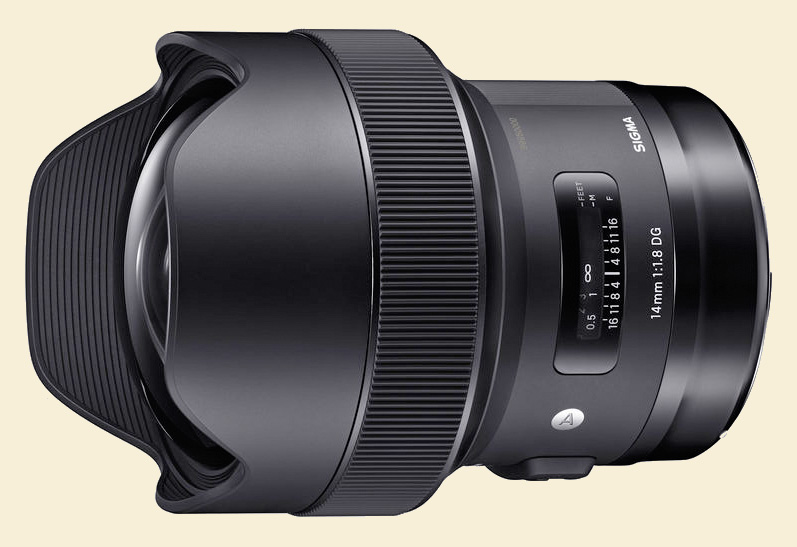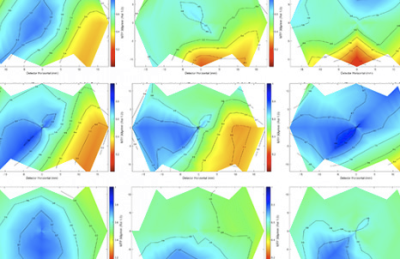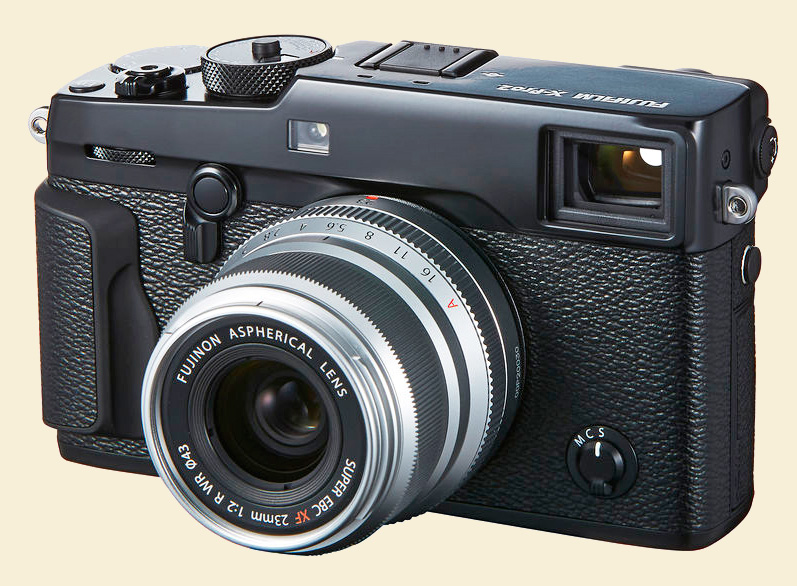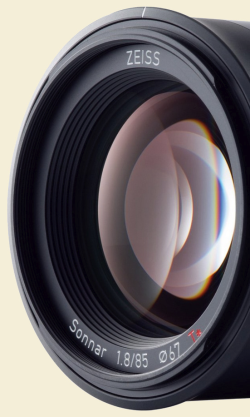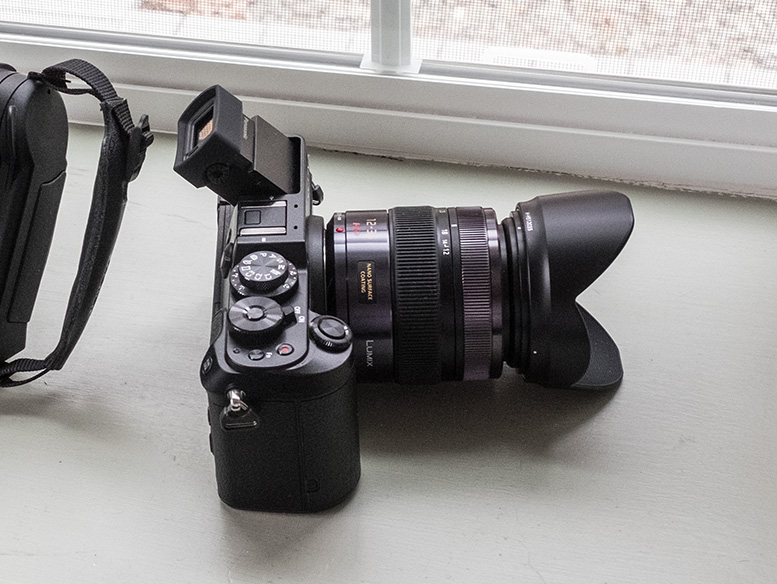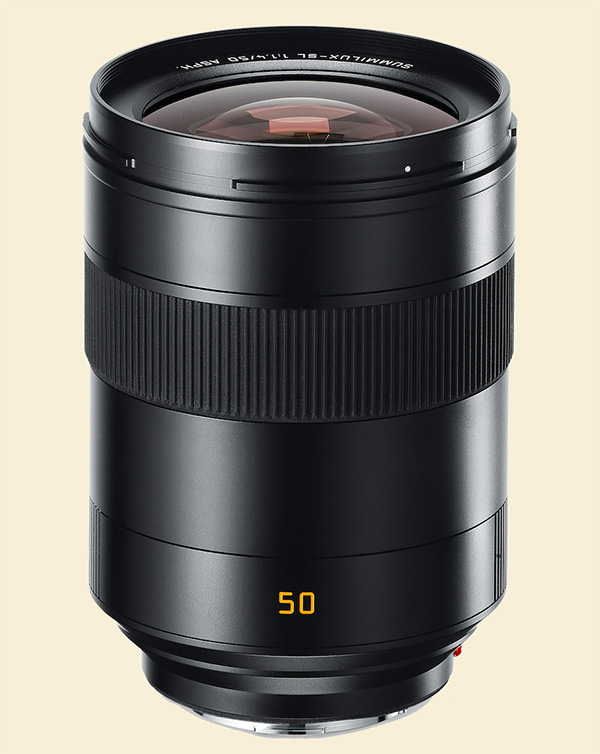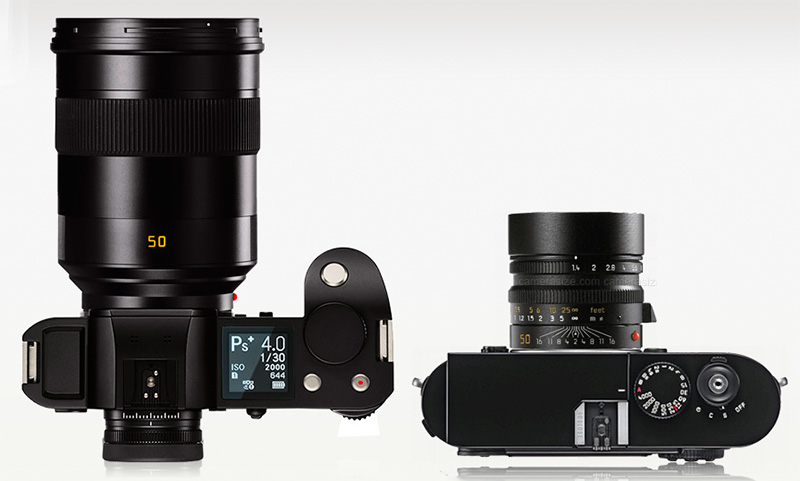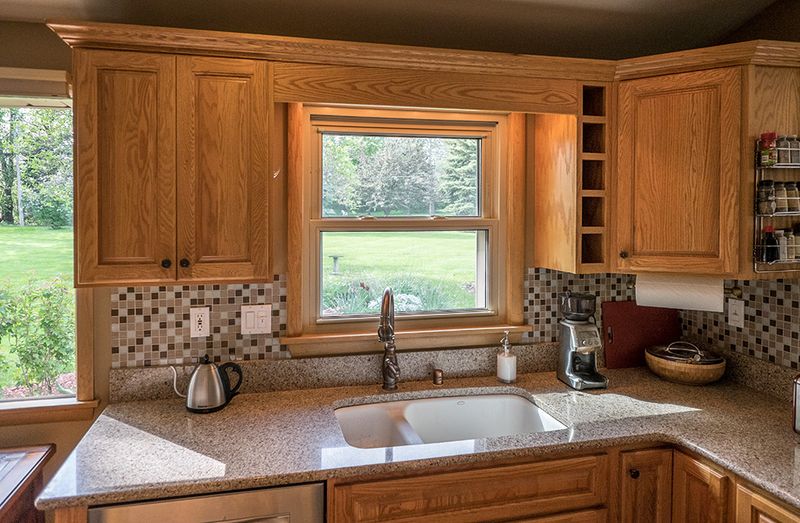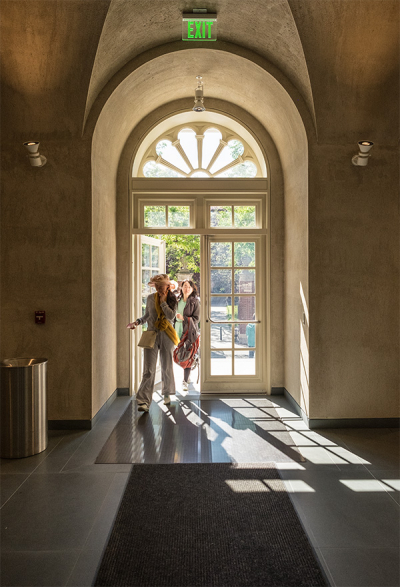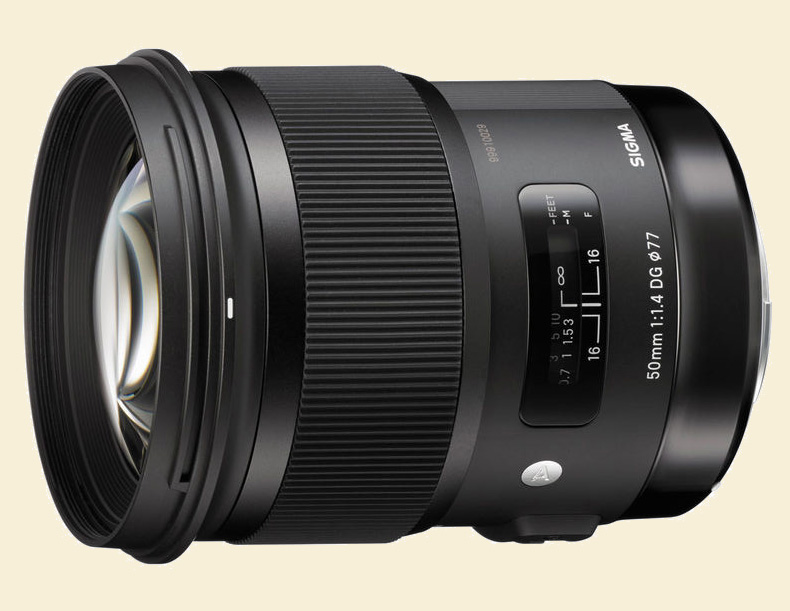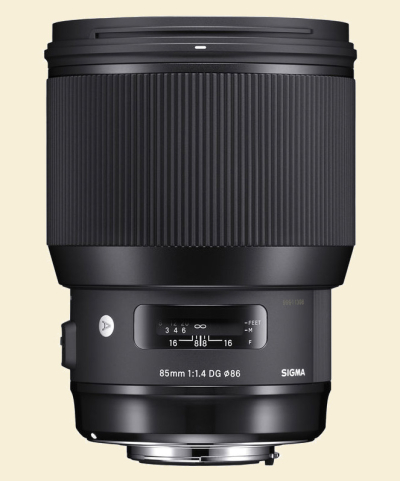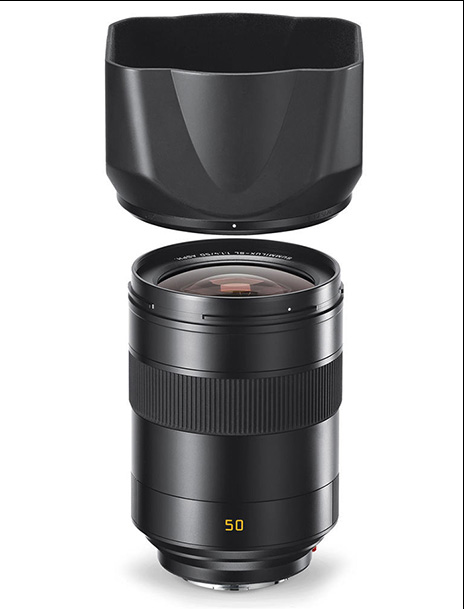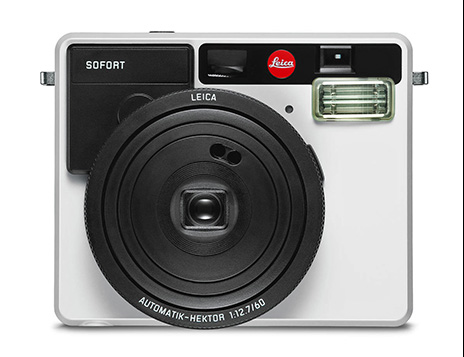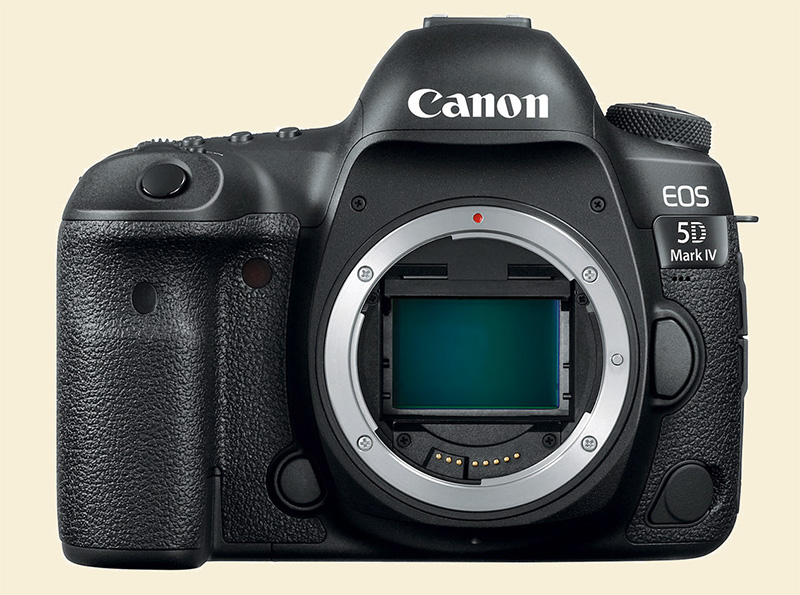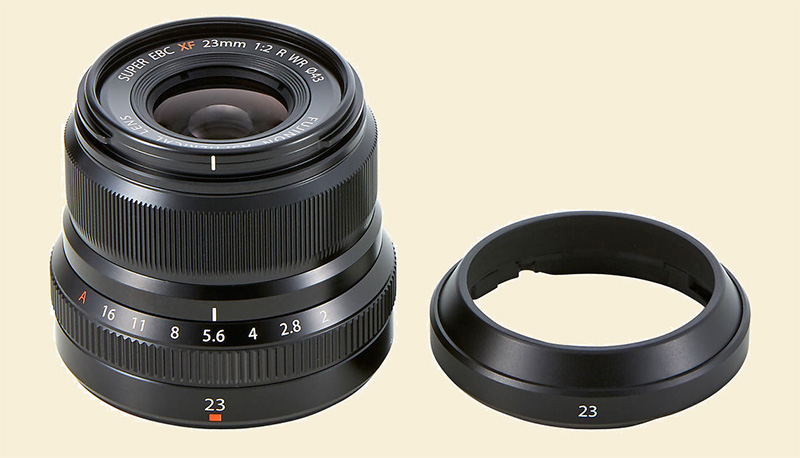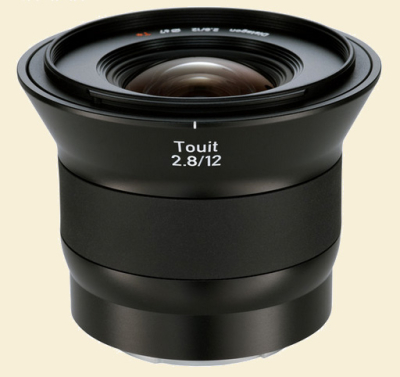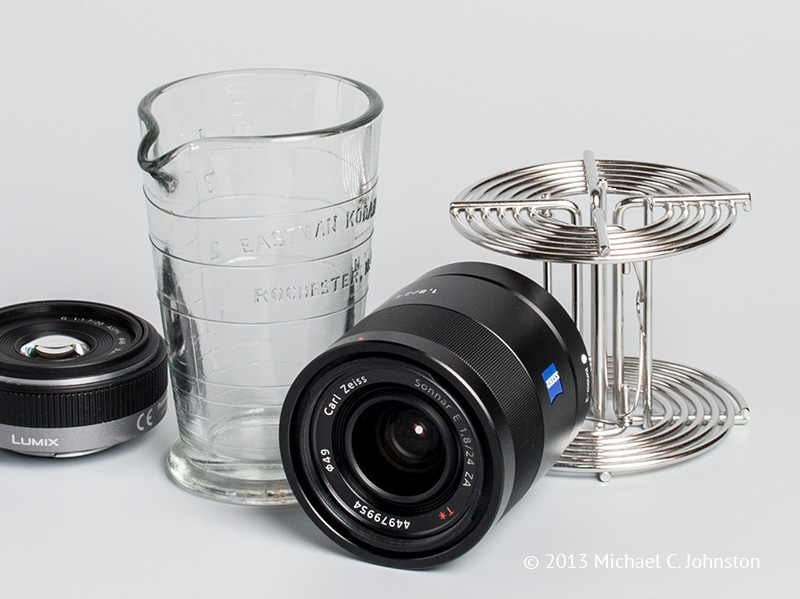After the "Asymptosis" post last week, a reader asked me if there was any lens I considered "the absolute best."
It's a silly concept, of course. It's like saying "who's the best musician in history?" Proposing one robs us of an apt appraisal of so many others. Bach, or Bob Marley? I'm sure I couldn't pick between those two, much less between them and fifty others. The best lens is the one that does what you need it to do, and almost all excellent lenses, like all great musicians, have their gifts to give.
Then there's the Johnston Lens Axiom, which holds that you can do terrible work with the best lenses and great work with the worst ones.
However, as an only semi-retired lens nut with a great and mystical passion for the magic of optics and a profound appreciation for the lens image, I do have a candidate.
It's a lens I've never owned, never tried, never seen. You might consider that to be odd, but, like the world exploding once the monks finish cataloguing the nine billion names of God, if I ever used this lens, a cap would be put on my lens nuttery; all would conclude. You know, like a landscape photographer going to Iceland.
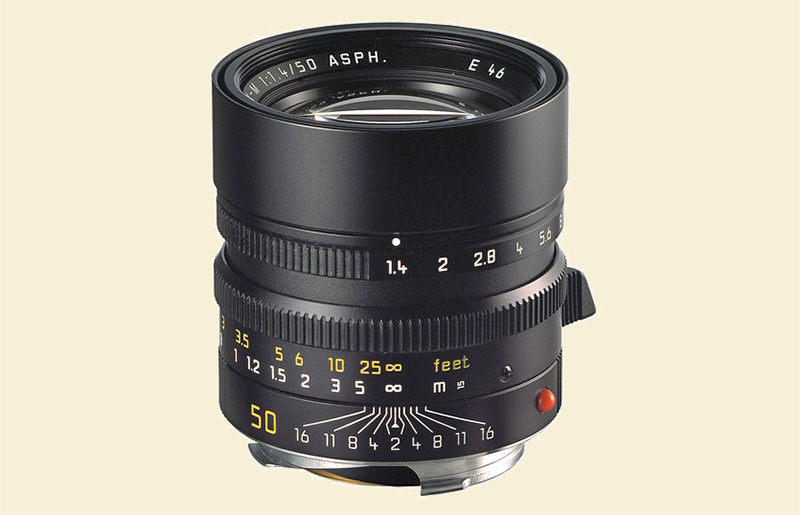
Here it is.
So, why, you ask? Well, I once asked Harold Merklinger what his favorite lens was. Harold, an e-friend-I've-never-met, was Chief Scientist of the Canadian Defence Research Establishment Atlantic and retired as that agency's Director-General. He wrote "A Technical View of Bokeh" as part of the trio of articles that introduced that concept in this hemisphere. He's an enthusiastic polymath of technical photography and has written several books on optics. His answer was that he liked the older 55mm-filter-thread version of the Leica Summilux-R. When I asked him why, he said, "Oh, I suppose it just does everything I want a lens to do." Which seems a very casual answer until you consider the weight of technical expertise backing the statement up.
Likewise, the 50mm Summilux-M ASPH., designed by Peter Karbe, seems to do everything I want a lens to do. It's small and compact. It's reasonably well built, about 80% as well as Leitz lenses used to be 50 and 60 years ago (it might be better where it counts, namely, in robustness—i.e., its ability to hold all the elements exactly where they're supposed to be despite hard use, handling, temperature variation, and the passage of time). It exhibits very close to exemplary bokeh. It's consistent from center to corners and up and down the aperture scale. It does very well at close-focusing. It resists flare extremely well.
In short, it's pretty ideally well-behaved.
And subjectively: it will make you smile a thousand times if it makes you smile once.
Negatives
It's extremely expensive*. (Ken Rockwell: "As this is among Leica's less-expensive lenses, one of the ways Leica keeps the cost so low is by making the focus tab out of plastic." Cost so low?!? ROTFLMAO. And how much manufacturing cost did that plastic focus tab really save? Eight dollars? Thirty dollars?)
WARNING! Leicaphiles do not read the following paragraph!
<!>It's not made in Germany. It's made here, with only enough final assembly left undone so it's legal to mark it "Made in Germany" after it's shipped there in pieces. Leica buffs don't believe this, but it's true. Oh, and I believe the molded aspherical element was sourced from Canon. I have the first on better authority than the second, although I know for a fact that Leica did source some molded aspherical elements from Canon, which was the first company to master the process. All on the QT of course.<!>
It only has one flaw—the aperture is the wrong shape, the opposite of rounded. I don't know what its shape is called—like a pincushion with nine points. Somebody wanted specular points of light to have a modest amount of star-rays. But you see that weird aperture shape in pictures—for instance, here—although you won't see it very often. The aperture shape doesn't seem to adversely affect the bokeh at all except in specular out-of-focus highlights. Even then it's mild.
I wouldn't use it on a digital M camera. I'd use it on a Sony A7 series camera. Of course the Zeiss 55mm ƒ/1.8 is probably preferable on an A7-series camera. Unless those five extra millimeters and that two-thirds of a stop really matter all that much to you. Or, if my ship ever came in (that damn ship!) and I retired rich, I'd use this lens on an M6 with Tri-X. But only if I could also hire an assistant to develop my film.
I can't recommend it unless cost is no object to you. I'll probably never buy one, and that's okay. But I'll bet people who do buy them are richly rewarded and deeply satisfied.
And if you want a lens with just as good bokeh, try this underappreciated sleeper for your Micro 4/3 camera. Granted it's got a different angle of view, 90mm-e.
Summation
We photographers like to use good lenses for the benefit of people who look at our pictures. The reason we use great lenses is for us ourselves to enjoy, shot after shot and year after year. They make us happy. They "nourish our enthusiasm," to use Ansel Adams's phrase. This Leica 50mm would be one prime exemplar of the latter type of lens.
Mike
Clarification: I didn't say this lens was the sharpest Leica lens. I didn't say it resolved the best. I didn't say it measures the best or that it measures perfectly in any measurable parameter. All I said was that I think it's probably perfect, that's all. I got there by looking at pictures...granted, most of them online, although that's as good a way as any to evaluate bokeh, as long as you look at enough pictures (I'll bet I've seen thousands from this lens over the last 12 years).
The perfect lens will never be technically perfect, because that would make it imperfect. :-)
*I would love to see some gear site compare the Sony FE 50mm ƒ/1.8 ($198, announced in March 2016) and this lens. It would be fascinating to see what the difference really is between a cost-no-object lens circa 2004 and a lens made to an economy price this year. I've no doubt the Leica would trounce the Sony—but by how much? The Leica lens costs nineteen times what the Sony lens does. Unless that $3,597 price difference would only pay for a metal focusing tab.
Original contents copyright 2016 by Michael C. Johnston and/or the bylined author. All Rights Reserved. Links in this post may be to our affiliates; sales through affiliate links may benefit this site.
A thing of beauty is a joy forever —John Keats
Join our support campaign or buy something
(To see all the comments, click on the "Comments" link below.)
Featured Comments from:
David Saxe: "I own a 50mm Summilux-M ASPH. and I love it. Its not because of the bokeh and I don't care where it is made. I like it because it is small, focuses smoothly, and the quality is excellent so it will last a long time. It has nothing to do with the quality of the photos that I make. That part of it is up to me—not the lens. I must admit though, that when I hold it in my hand, it feels solid and just right. Its a nice feeling."
Jeff: "This is the only Leica M lens that I own that is not a Summicron (ƒ/2), which I generally find to be the 'sweet spot' for M lenses in size and performance. I've loved it on both film and digital M's.
"There is some fascinating background to this lens, as covered by the designer, Peter Karbe, in this old Shutterbug interview....
"Subsequent to this lens, Leica produced the 50mm APO Summicron-M, which costs more than double the cost of the Summilux ASPH., with more impressive specs, but I'll stick with the Summilux...and get a stop to spare.
"Anyway, I've found more to be gained in print quality improvements over the years from changes in the back end of my workflow (printers, inks, papers, editing software, etc....and my own experience/skill/techniques) than from some modest change in lens (or camera) performance (especially when the existing gear is pretty great already)."
Mike replies: Thanks very much for that link. I had never seen it. Lead designer Karbe highlights something that his lens illustrates richly—which is that really good lens designs still requires good taste and intentionality on the part of its designers, as well as inspired quality control on the production line. I could have emphasized the former in this brief review; the lens shows a superbly well-judged balance of imaging properties, as well as physical and handling properties, which is really why I admire it so. I think it remains an especial success, even 12 years after its introduction.
Pierre Charbonneau: "I have used the 50mm Summilux ASPH for a good number of years. The 35mm Summicron ASPH as well. Excellent results technically, for sure! I have sold both of them last year. For pictures with more character on my Monochrom, I prefer these days the 50mm Summicron v.4 (and the 35mm Summicron v.2). This version of the Summicron is very light, very sharp and about half the weight of the Summilux, something that matters on an M body.I may be mistaken but I have the impression their imperfections make the image more 'analog.' I don't think I would buy another Summilux."
Henning Wulff: "I'm fortunate to have had this lens since right after it came out, and it is the 'go to' standard 50. Optically, I really don't need/want anything better, which the Otus probably is, and the Apo-Summicron definitely is. However, the Otus is gigantic and the Apo-Summicron is a ridiculously priced ƒ/2 lens, and I can't see that either of those lenses would make any picture I took better. That's really the bottom line. The stupid built-in lens hood has had me using a $5 eBay screw-in hood, but that has been its only downside.
"I intend to keep this lens forever. Steve Cook mentioned that the focus was a bit too stiff, and many users have commented on a slight 'bump' in the focus action part way through. The latter is due to the floating elements cam, and both of these concerns go away after a couple of months of diligent use, when the brass and aluminum have gotten to know each other better. Then the focusing action is almost ideal (most of the time)."
Peter Wright: "Your example with the strange pincushion o-o-f highlights had me going to Lightroom to go back over the few thousand shots I have using digital M's with this lens. The effect is there but only very occasionally. It seems that all the conditions need to line up just right for this to occur, and the bokeh is indeed wonderful.
"Since I finished my 'Leica as Teacher' stint in 2015 using an MP and a Zeiss 35mm, I have been doing the OCOLOY using the 50mm ƒ/1.4 ASPH and the M246 Monochrome. (Really I am finding this much harder to keep to, so it's really mostly OC, and mostly OL—'It's a tough job, you say, but someone...'). But when everything comes together, this lens gives me pictures I simply love. (And I appreciated the interview link with Peter Karbe—very interesting.)"
George Feucht: "I own this lens. It is my favorite. Absolutely perfect balance of sharpness, creaminess, and contrast. They can be found used for around $2700...which is still a lot, but that's not like dropping $3k on a digital body. When you're done with the 'Lux, sell it for more than you bought it for. As for Elcan, they also manufacture Panavision Primo lenses. These lenses cannot be bought, but would surely cost at least $30,000 each if they were for sale. If you watch any amount of movies, you've seen the output of Panavision Primos at some point. Coincidentally, they mimic Leica lenses: a perfect marriage of sharpness and smoothness. So yeah: I have no problem with Elcan manufacturing my Summilux."
René: "To add to my praise for my Summilux 1:1.4 50mm ASPH. in my comment on your 'Asymptosis' post last week [a comment which triggered the present article, by the way, and thanks for that, René —Mike], one should notice the filter size of the Summilux. It is 46mm, compared to the 77mm filter size of my Sigma Art 1:1.4 50mm. Besides the size and weight advantage of the Summilux, this makes the Summilux so much less obtrusive than the Sigma in for instance street photography. There even exists a limited edition black chrome version of the lens (only 500 pieces, alas) with a filter size of only 43mm. The signature of the lens I spoke about is there when you photograph with the aperture fully open or only slightly closed (ƒ/1.4–ƒ/2.8). It is the combination of the sharpness and high contrast of your subject and the tranquility of the unsharpness of the surroundings that give this lens its special signature. At ƒ/5.6 or ƒ/8 it probably will be very difficult or impossible to recognize the Summilux, although even then I personally prefer the color rendition of my Summilux over my Sigma 50mm.
"It indeed is an apo design, and Roger Cicala showed how really good this lens is in MTF terms. Isn't there anything negative to mention? Yes there is. In certain situations where a strong large light source is not in the image but slightly off-axis it can produce a veiling glare in a corner or the edge of the image, most often when I shoot vertical. I couldn't find anything on this on the Internet. Considering that when I started with photography I couldn't wait to buy additional lenses to my 50mm, skipped 90mm (wrong) and bought a 135mm lens, skipped 35mm (wrong) and bought a 28mm, I find it utterly funny that I now photograph the vast majority of my subjects with the 50mm focal length, thanks to my beloved Summilux."
Mike adds: The Mandler-designed 35mm Summicron-R, a lens I remember with great fondness, also had that odd property of being vulnerable to veiling glare from large, diffuse bright light sources just outside of the frame. I subsequently devised a regular trial for this called "the window test" and wrote about it in an article that's now labeled as "Flare-01-11-01-03" at the L-L. It's now behind a paywall so I won't link to it.


